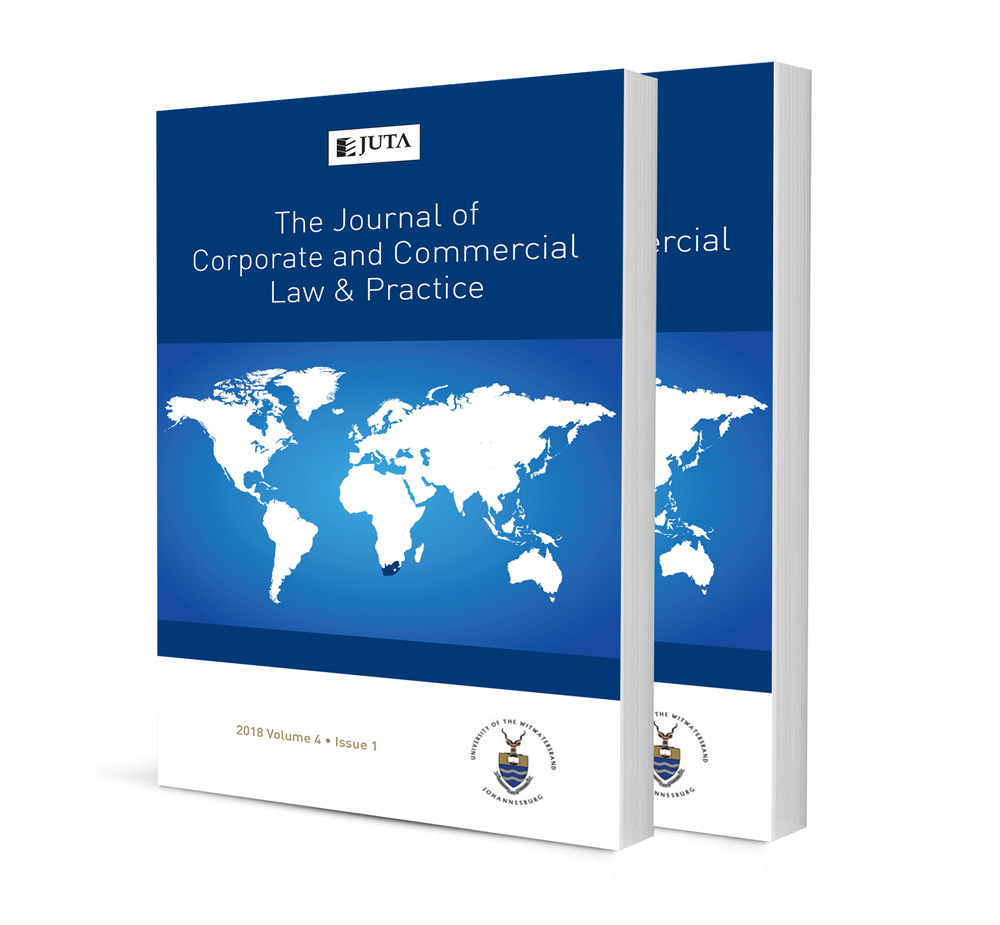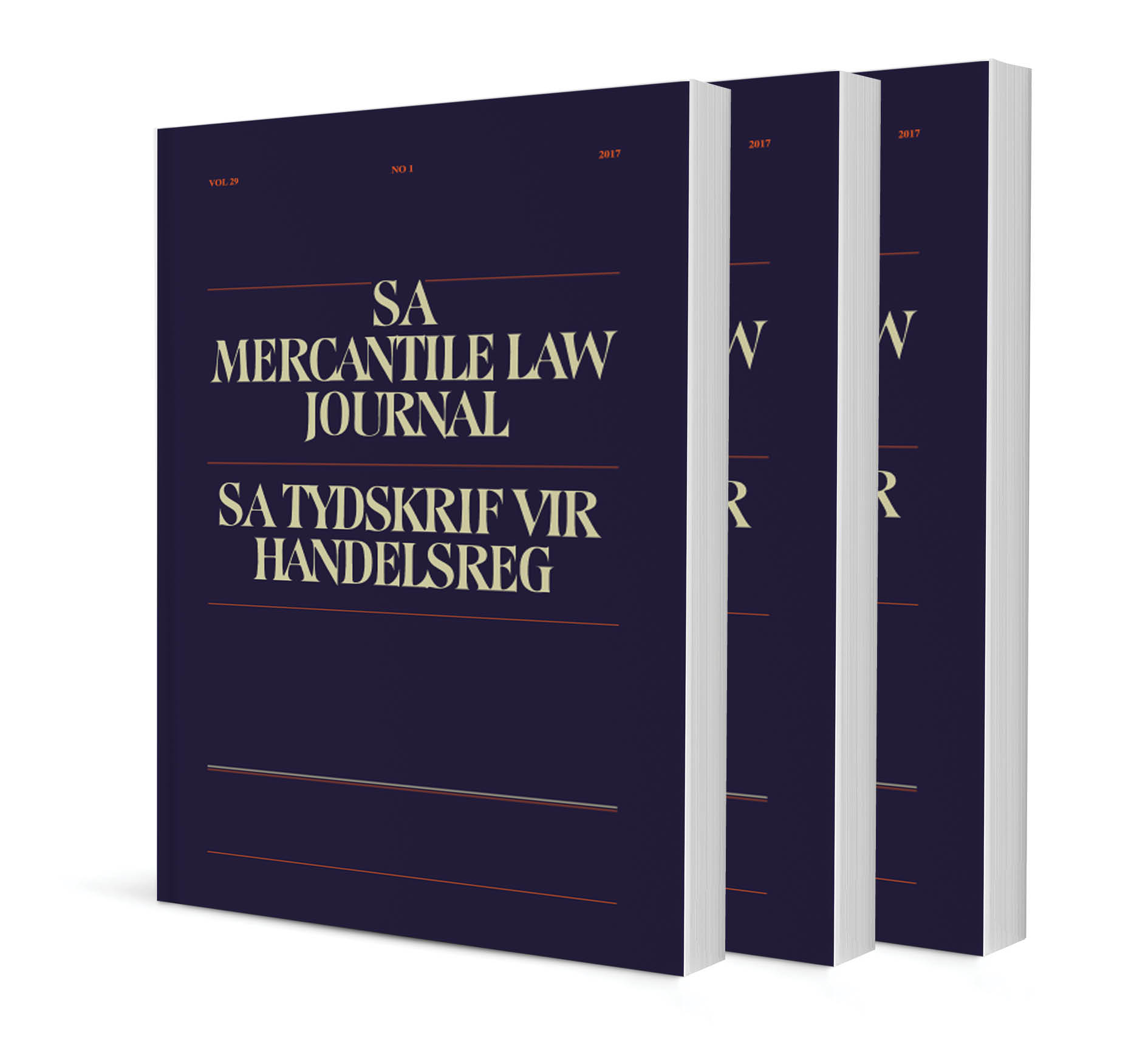Abstract
This article examines the unintended exclusionary consequences of pre-contractual affordability assessments under the National Credit Act 34 of 2005 (NCA), with a particular focus on low-income consumers seeking mortgage finance. While the NCA aims to promote responsible lending and protect consumers from reckless credit, its implementation has produced structural barriers that limit access to housing finance for those most in need. The article demonstrates that affordability assessments, while protective in intent, often reproduce inequality by privileging consumers with formal income, established credit histories, and high levels of financial literacy. The central contribution of this article is to show that the current regime, although legally compliant, is substantively unjust because it systematically excludes low-income households from access to mortgage credit. It argues that this exclusion undermines s 26 of the Constitution and South Africa’s international obligations to progressively realise the right to adequate housing. To address these challenges, the article proposes reforms aimed at recalibrating affordability assessments toward substantive equity. These include recognition of informal income and collective household contributions, the development of inclusive credit scoring models, the integration of financial literacy into the lending process, shared-risk models between the state and private lenders, and strengthened transparency obligations. By advancing these reforms, the article contributes to debates on how consumer credit regulation can balance protection with inclusion, thereby aligning mortgage finance with South Africa’s constitutional and developmental objectives.

